After you finish binge-watching The Crown or Bridgerton—and provided the pandemic is under control—you may want to visit these lavish places with equally sumptuous interiors.
If you regularly binge-watch period dramas (we’re still on a Bridgerton high to be honest), you may find yourself perpetually in awe of the beautiful and sprawling homes used in them. The imposing exteriors of these mansions, the art on display, and the ornate furniture and architecture of these palaces are as impressive as the opportunity to shoot in them. Here are some of the most well-known stately homes Hollywood has used, and a glimpse into their history.
RELATED READS: The Traveler’s Checklist: What You Should Do Before Your Trip To These Countries
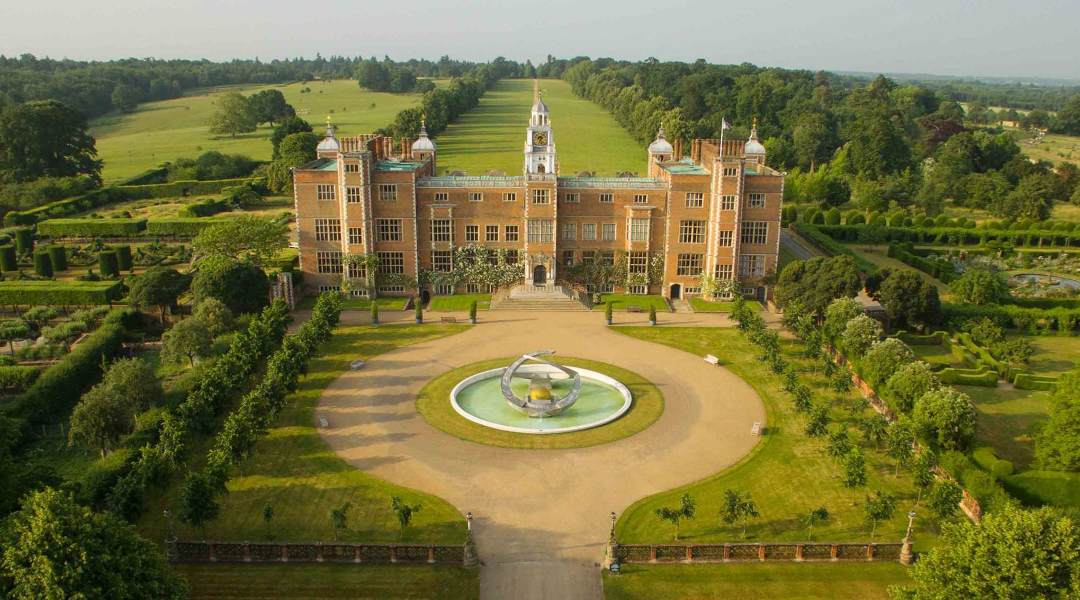
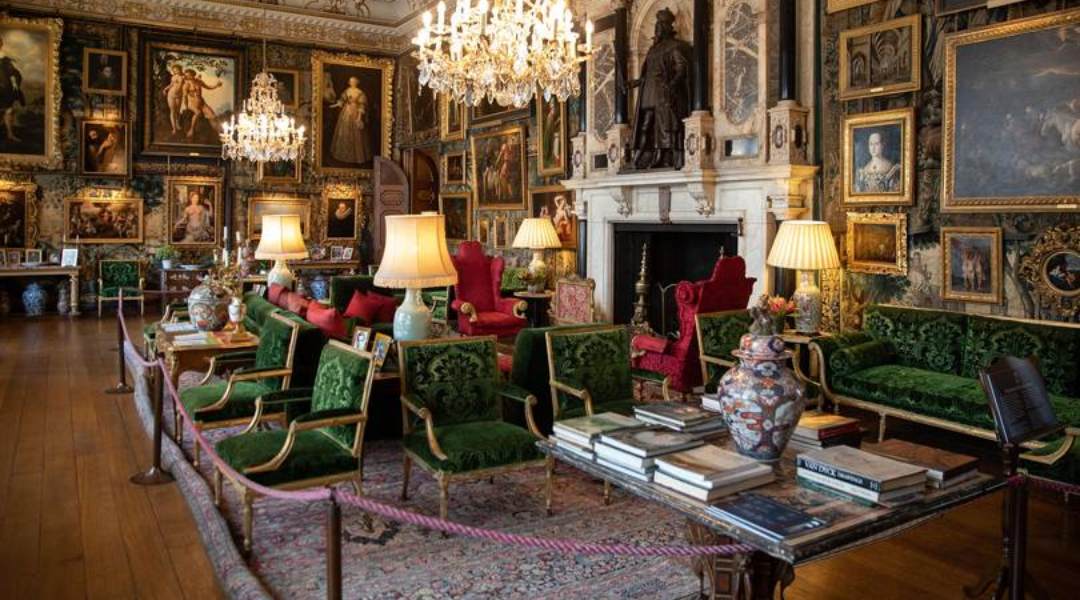
Hatfield House
For 400 years, the Hatfield House in England has been in the Cecil Family. Currently, it is the home of the Marquess and Marchioness of Salisbury. The family reportedly stays in one wing of the 223-room estate while the rest are used as film sets and tourist attractions. The 42-acre garden also has Tudor Old Palace which is the childhood home of Princess Elizabeth I and Prince Edward.
Since the 1960s, 70 films took place in the House. From the early seasons of Netflix’s The Crown, Shakespeare in Love where Gwyneth Paltrow earned an Oscar, to the Oscar-winning period film The Favourite, the House has been a go-to for period projects. With its Jacobean architecture, intricate carvings, a rare stained glass window for the private chapel, oak furniture, and ornate tapestries, it’s not hard to imagine why.
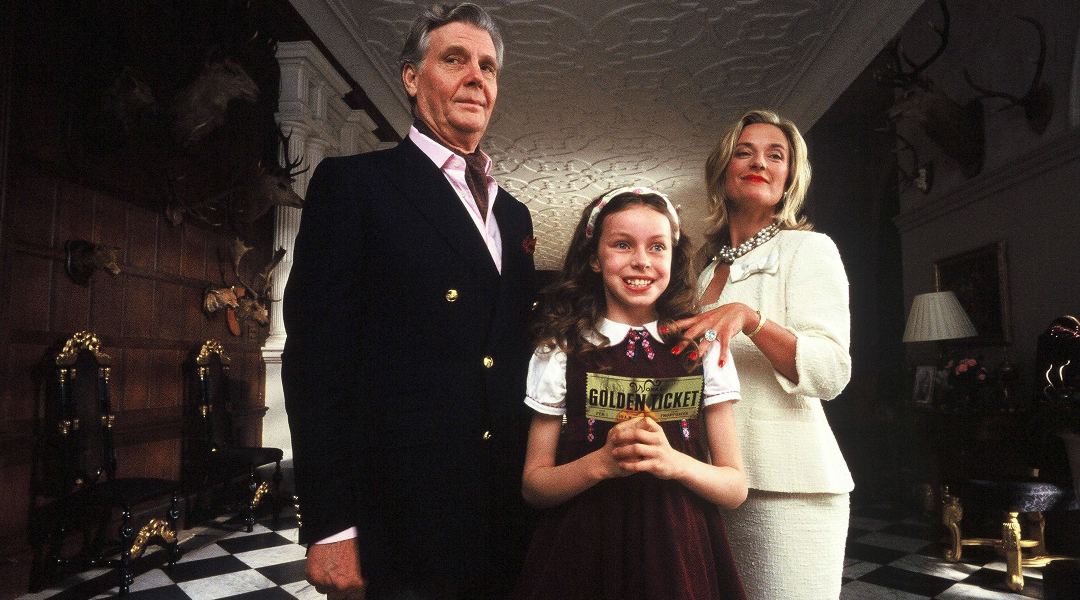
Interestingly, the House is not only for period dramas. Films set in more contemporary times such as V for Vendetta (2005), Lara Croft: Tomb Raider (2001), Wonder Woman (2017), and Charlie and the Chocolate Factory (2005) have used the Hatfield House.

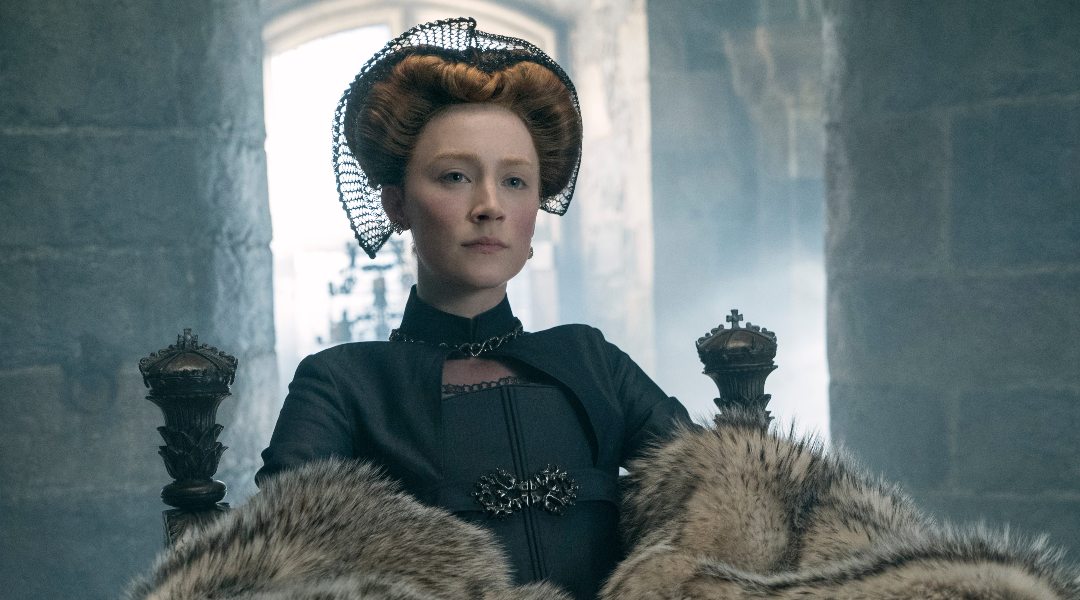
Wingfield Manor
While Wingfield Manor was used as a set for many period dramas, Mary Queen of Scots (2018) perhaps stands out for its connection to the real Mary I of Scotland. The manor is in Derbyshire where Mary I was held captive after her cousin, Queen Elizabeth I, had her arrested and imprisoned for being complicit in a murder plot against Elizabeth. Mary I was assumed to execute escape plots and so from Derbyshire, she was eventually moved to Wingfield Manor. She was imprisoned here in 1569-70 and 1584-85.
The manor house’s origins date back to the 1440s for the Treasurer of England, Ralph Lord Cromwell. However, it was partly destroyed during the English Civil War and has been abandoned since the 1770s. Fortunately, there are upstanding remains, and the manor is now part of a privately-owned farm.
RELATED READS: Playing Princess Diana: How Actresses Prepared For The Big Role
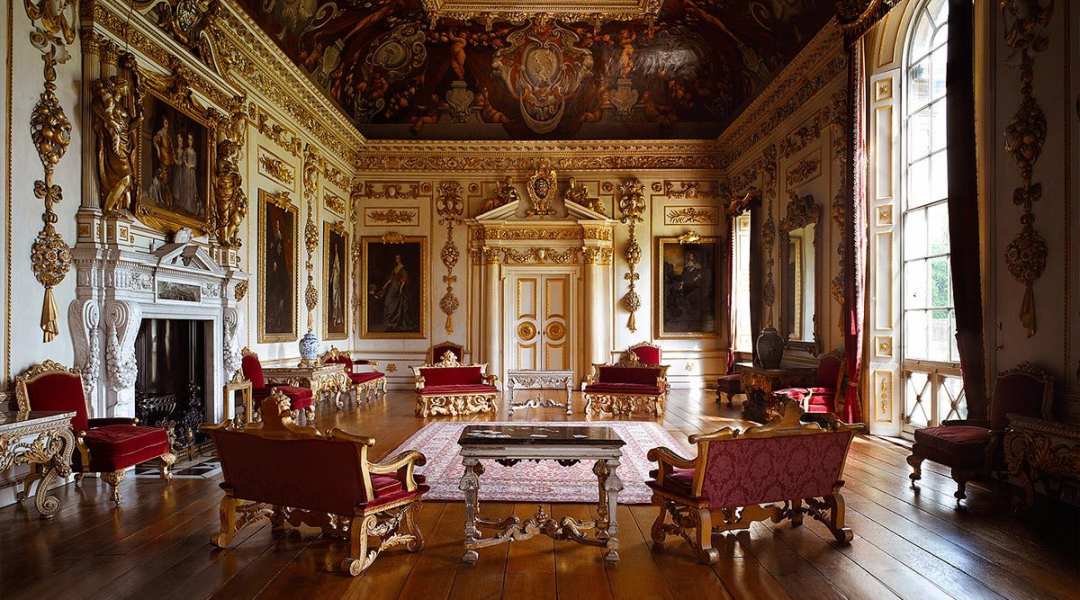
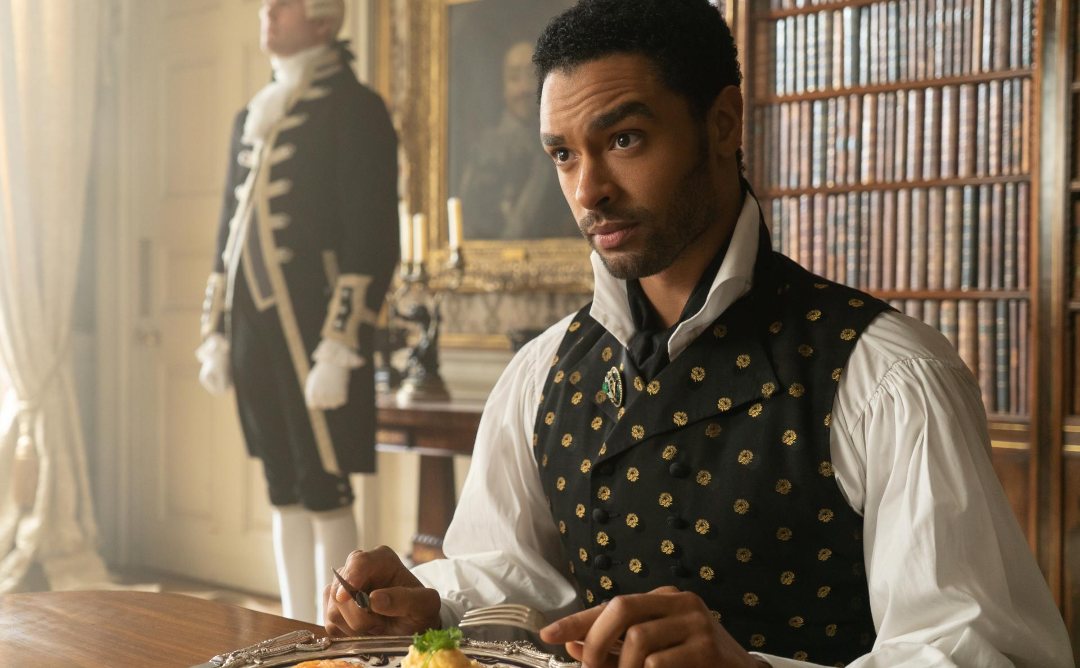
Wilton House
You may have seen the Wilton House several times in Netflix’s hit period drama Bridgerton (2020). The House is only among the three filming locations of The Duke of Hastings’ home where it was used as an exterior. But it also served as interiors of Her Majesty’s abode, Lady Danbury’s house, and parts of the fictional Clyvedon Castle.
The Earl and Countess of Pembroke currently own the House in Salisbury, England. Although the 14,000 acre-estate was built in 1544, it underwent major restoration and renovations, including the expansion of the gardens. In 1647, it was rebuilt in the style of Palladianism which features Classical forms, strict or rigid proportions, and austere exteriors.
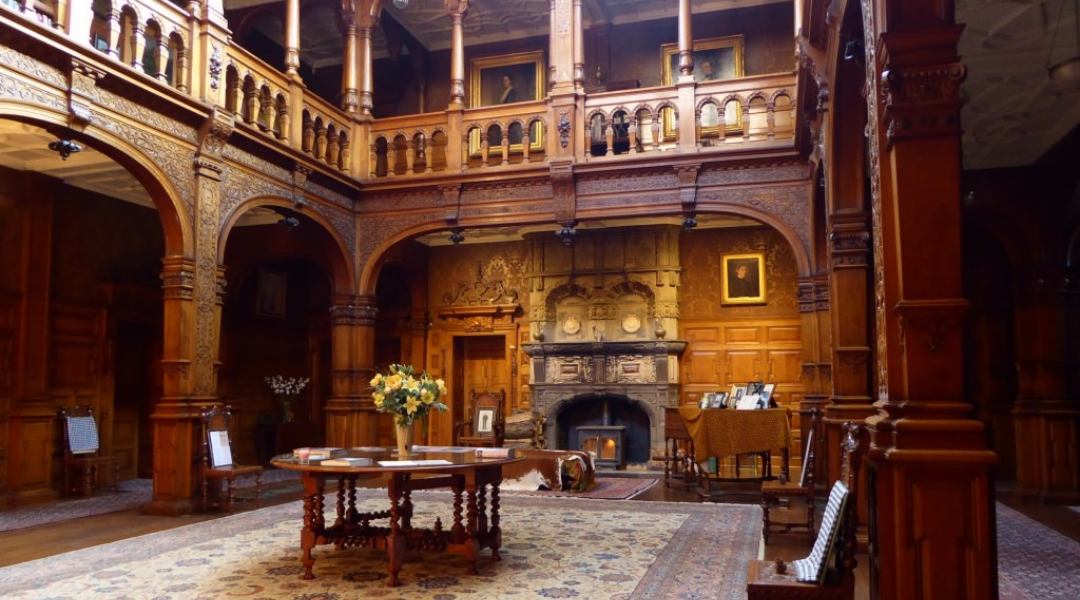
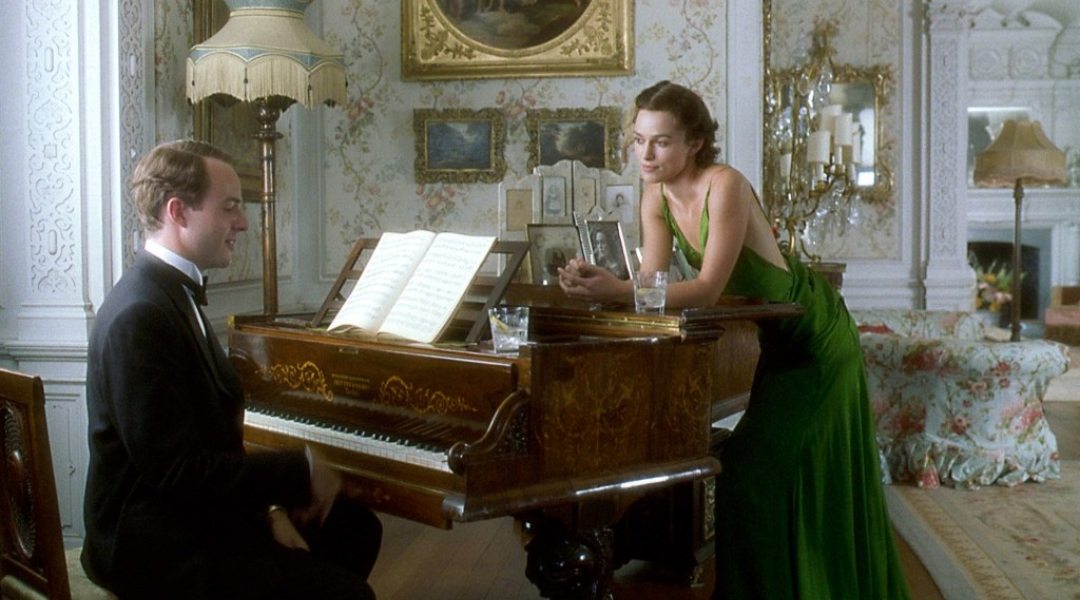
Stokesay Court
Claiming to be one of the first homes in England with integral electric light, the Victorian manor represented the Tallis estate in Atonement (2007). The film made use of the entire Jacobean-style house. This includes a two-tier entrance hall, the detailed plasterwork in parlor rooms, and the surrounding property featuring fishponds with stone bridges, a walled kitchen garden, a water fountain, and a stone lodge.
Built in 1892, Stokesay Court was an Auxiliary Military Hospital in World War 1 and an evacuation site for students in World War 2. The house gradually declined and was left to different beneficiaries. Thankfully in 1994, the niece of the family who originally owned the manor spent the next decade on renovations. At present, it is now open to tours, events, and filming sets.
RELATED READS: Uncovering Diamonds Under The Reality Narrative Of Bling Empire
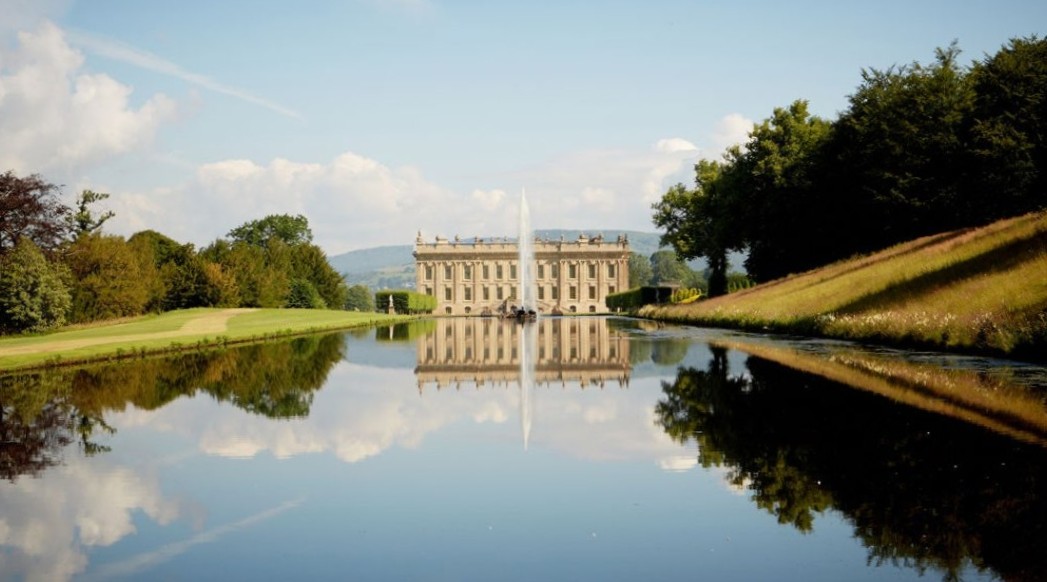
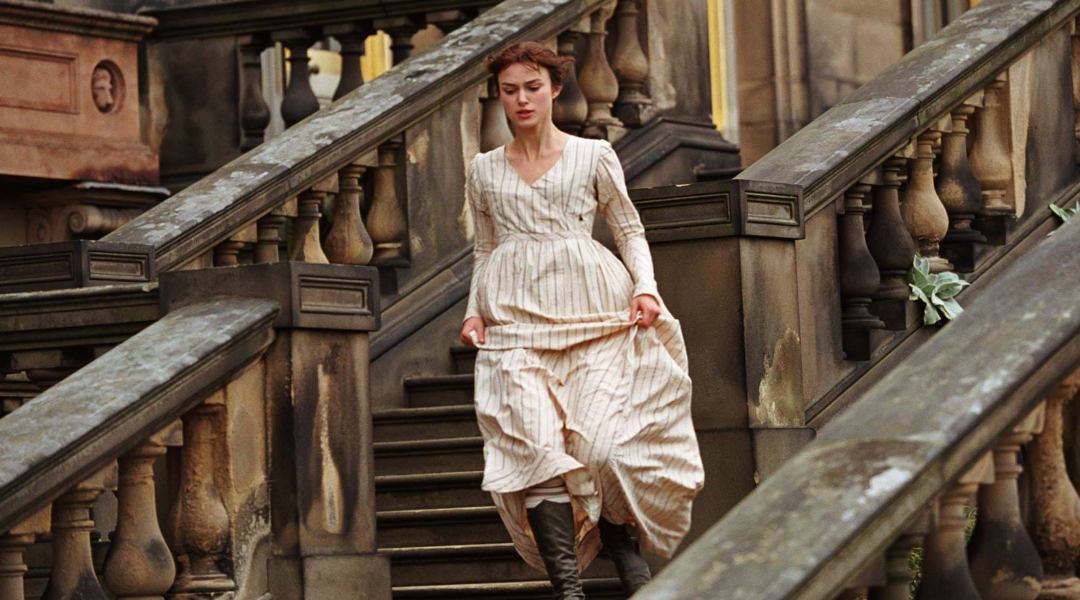
Chatsworth House
Pride and Prejudice‘s Mr. Darcy lives in the Pemberley House which, in the 2008 film, is Chatsworth House. The estate in Derbyshire is every bit lavish with its impressive painted ceilings and works of art spanning 4,000 years. The imposing staircase at the House’s exteriors is also unforgettable as it this is the scene where Elizabeth Bennet meets her suitor Mr. Darcy after her visit to the Pemberley House.
Since 1549, Chatsworth House has been the home of the Duke and Duchess of Devonshire and was passed down to the Cavendish family. It also seems the Duke of each generation added their preferred structures such as the iron gatehouse, the black and white marble floors, and the first Duke’s long gallery that was turned into a library by the sixth Duke. The oak staircase which was added in the 19th century features portraits of the first 11 Dukes and their families.
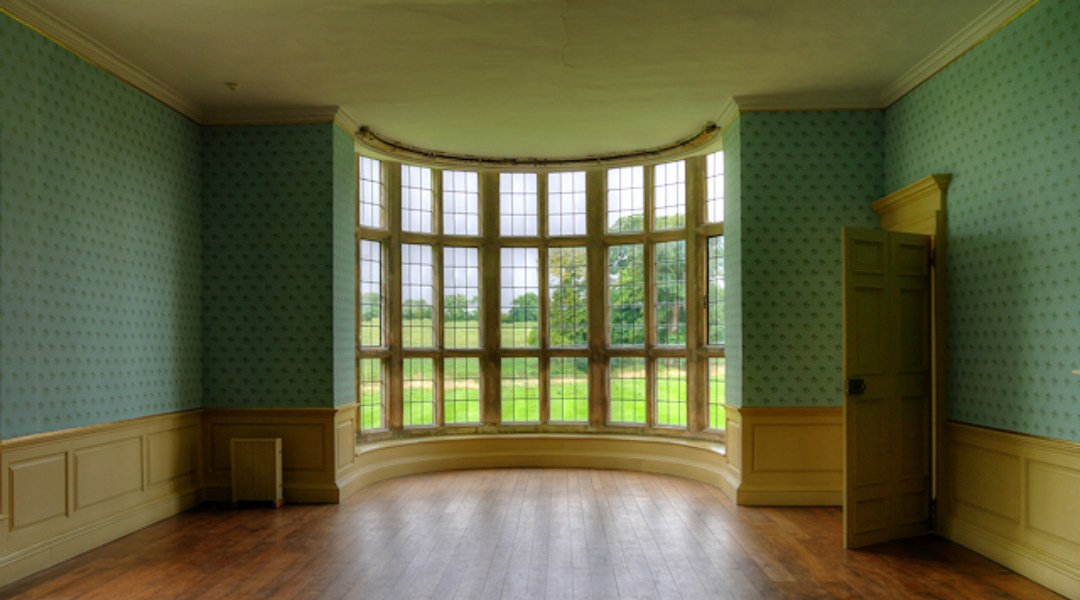
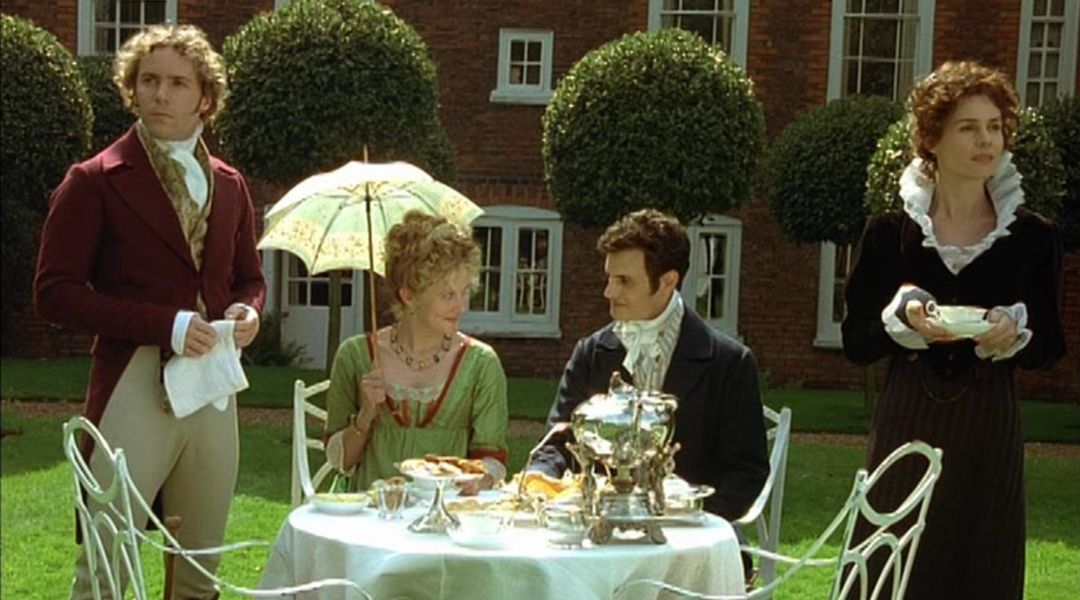
Kirby Hall
Another Jane Austen novel on the list, Mansfield Park was adapted into a film in 1999 and had Kirby Hall as the titular estate. The period drama uses both the exteriors and interiors of the mansion. The choice is fitting to reflect the declining fortune of the Bertram family—there is little furniture and the walls are already bare.
The Elizabethan manor is a 17th century house once owned by the Lord Chancellor to Queen Elizabeth I. The Hall’s design is designed based on continental pattern books. It crosses the early period of Jacobean style that features simpler, rigid structures and still not fully embracing of exotic influences.





